By Rick VanSickle
Everything’s coming up rosés in Ontario wine country as the temperatures rise and all those thirsts need quenching.
Also in this Canadian Wine Report: A first look at a new Quebec winery, Vignoble du PicBois, rosés aplenty at Vintages stores and Lailey and the Bartier Bros. in B.C., plus a tasty Riesling from Henry of Pelham. The Vintages release at LCBO this Saturday features a wide range of Ontario and International rosés, and local wineries are busy getting their pink wines on shelves as quickly as possible.
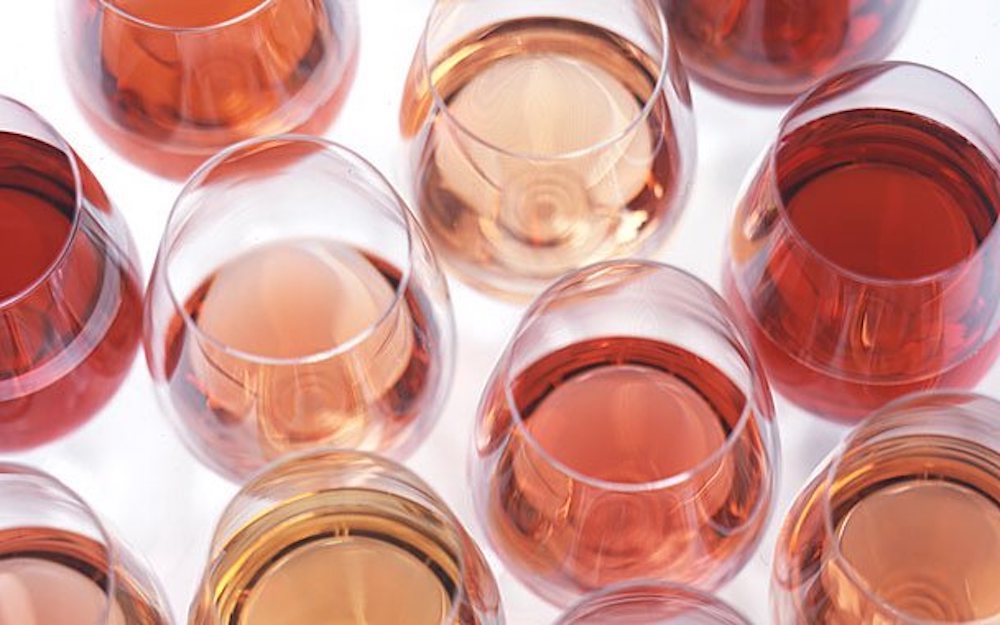
It’s hard not to love the freshness of rosés, particularly when there are so many styles to choose from made from a wide swath of grapes. In Ontario, you can get rosés crafted in sweet or dry styles (and everything in between). You can get it with bubbles (traditionally made or tank methods). You can get it in a fresh style, and you can get it aged in a variety of vessels from oak to concrete to amphora. Rosé simply has no limits other than to offer pleasure to the person sipping it.
Rosé wines are made from the juice of red grapes, strained from its skins before it becomes too dark. The colour depends on the grapes used and the amount of contact with the skins. They can range from a light onion skin colour to a rich amber colour and everything in between. They are meant to be consumed fresh, but some of the more structured examples can age beautifully.
Most rosés are made via the maceration process. Red grape skins soak in the juice for weeks or months at a time for red wine, while the process is much shorter for rosé wines. As the juice turns the desired colour, the skins are removed, and the fermentation process begins.
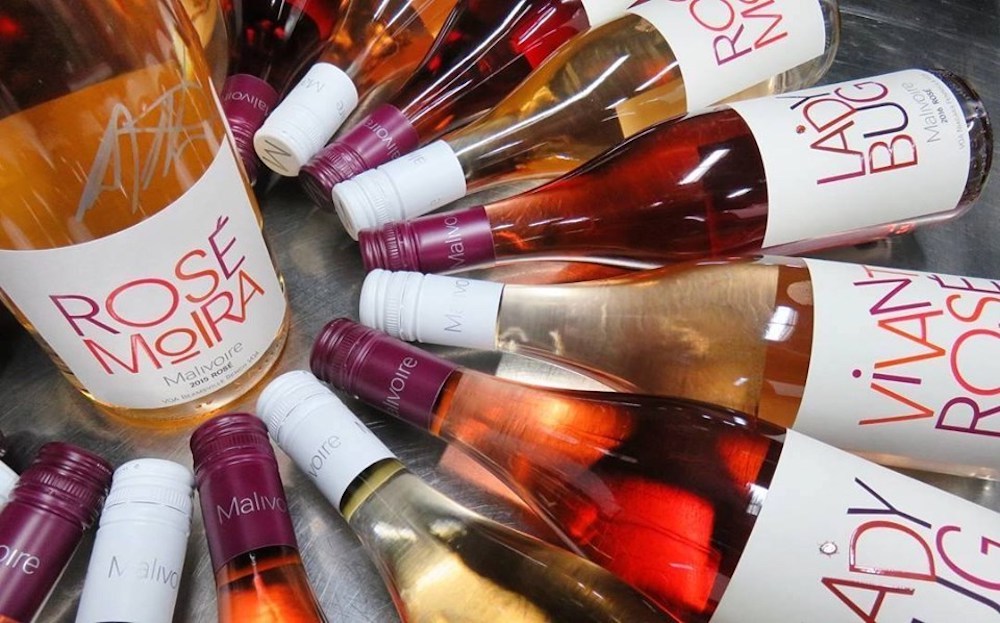
This more purposeful method of creating rosé comes from directly pressing the grapes called saignée, a French term that comes from the verb ‘to bleed.’ Basically, this process involves “bleeding off” a portion of red wine juice after it has been in contact with the skins. Saignée-made rosés are usually darker and more concentrated than a maceration-made rosé.
We’ve listed and reviewed a few of the rosés coming to Vintages stores on Saturday and we also review a few other newly released rosés — four from Lailey in Niagara and one from B.C. — that we tasted recently and are available at the winery or online.
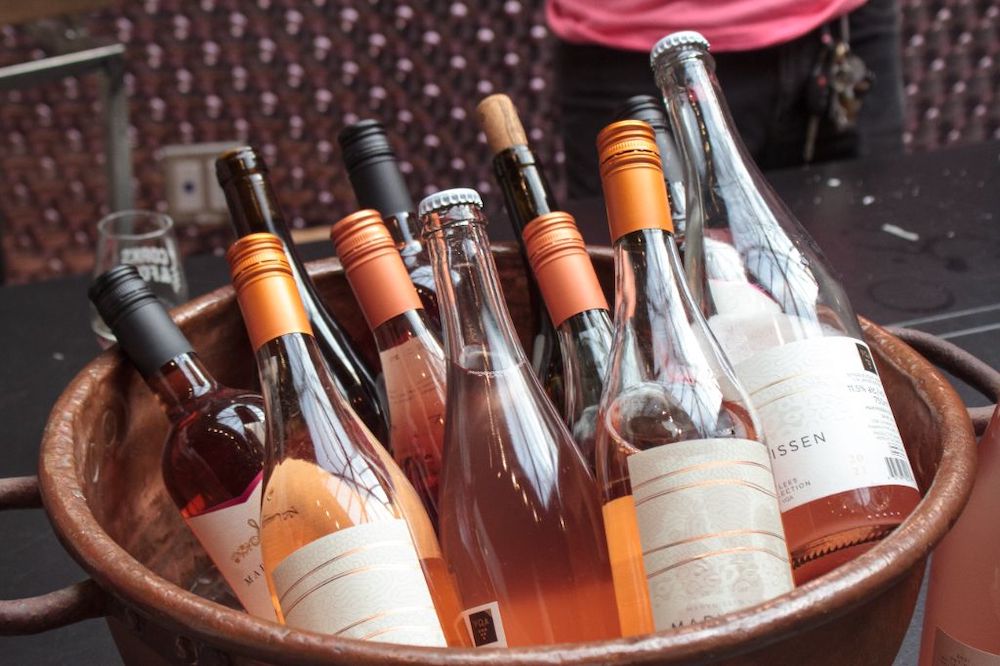
Fun fact No. 2: If you live in the Ottawa area, dig out your best pink and white clothes and get ready for the Clink and Drink Pink event where you can sip, sample and shop over 20 rosés from across Ontario. This is the second annual rosé event in the nation’s capital. So far, the following Ontario wineries will
pouring and selling rosés: Closson Chase Vineyards, Creekside Estate Winery, Divergence Wines, Drea’s Wine Co., Fogolar Wines, Karlo Estates, Lakeview Wine Co., Marynissen Estates Winery, Meldville Wines, Muscedere Vineyards, Queenston Mile Vineyard, Redtail Vineyards, Reif Estate Winery, and Westcott Vineyards.
Visit here for details and tickets.
Four new rosés from Lailey
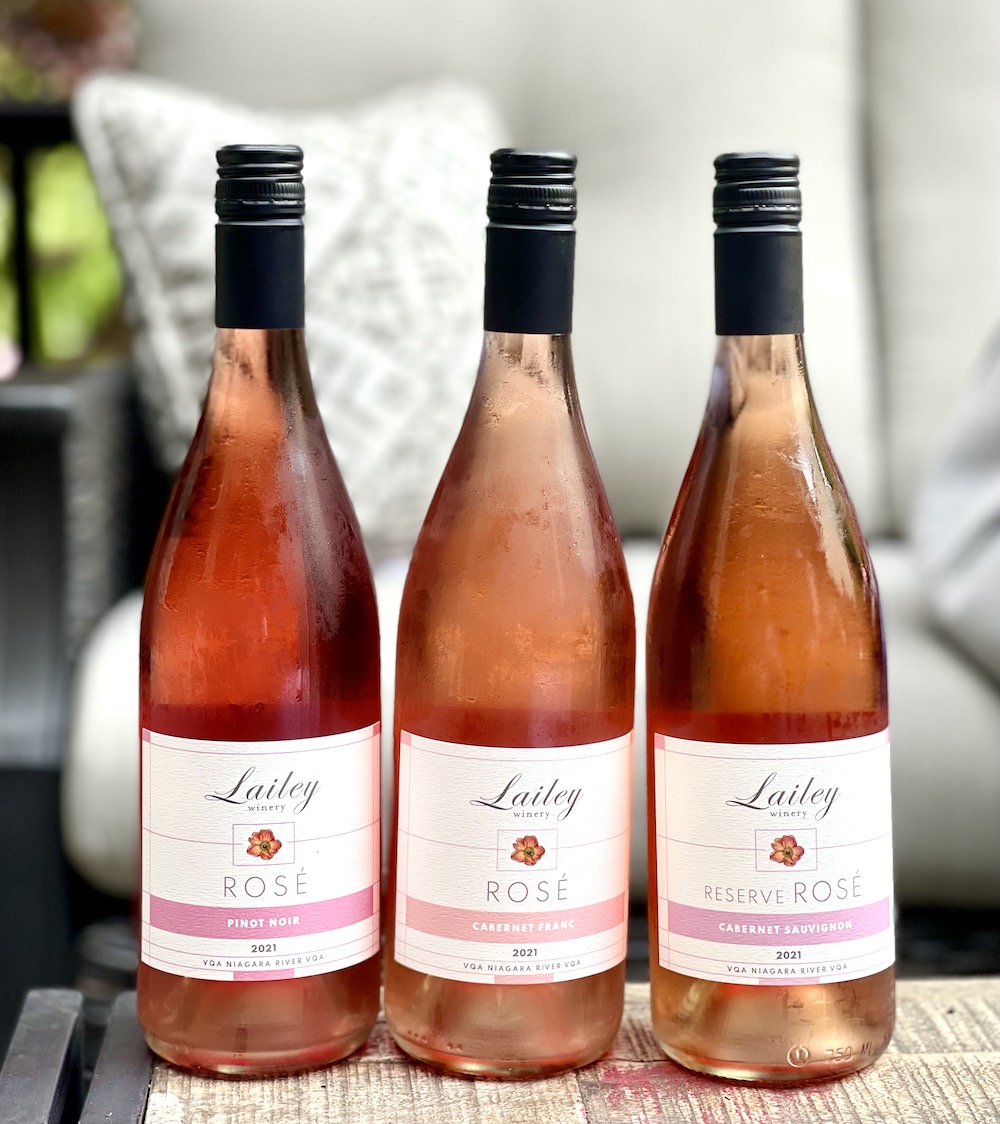
For various reasons, the newly owned Lailey Winery has quickly become one of the most prolific producers of rosé style wines in Niagara. Having four rosé wines in the portfolio at one time used to be the exclusive territory of Malivoire, the Beamsville Bench winery, with its four distinct pink wines, including the Rosé Moira, Ladybug, Bisous, and Vivant. Lailey now has four rosés on offer — three from 2021 and a sparkling version from 2022.
The Lailey winery in Niagara-on-the-Lake is now owned by Faik Turkmen, who also brought his super-premium brand Stonebridge brand under the Lailey umbrella. He hired the Ann Sperling and Peter Gamble winemaking couple to make the wines at the new venture and raise the profile substantially from its former iteration.
And that shows throughout both portfolios of wine, and now the stunning collection of rosés on offer. The 2021 vintage was not normal for many wineries, and that can be said about Lailey. The team declassified a lot of the red grapes, concentrating on quality, single-variety red grapes for rosés with purpose instead.
All three of the single-variety, small-lot rosés — a Pinot Noir, Cabernet Franc, and Cabernet Sauvignon — are made using the saignée method, and all three are barrel fermented and spend four months in neutral French oak for more texture, body and, yes, even aging potential. The fourth in the series is a fun sparkling rosé made from Vidal and Zweigelt.
Fun Fact: A traditionally made rosé sparkling wine is coming under the Stonebridge label. Yes, Lailey is all in on the rosé bandwagon.
I tasted all four of the Lailey rosés with my neighbour, Thomas Reid, on my back porch. Reid just happens to be the sales and marketing director at Lailey.
Here’s what I liked from the tasting:
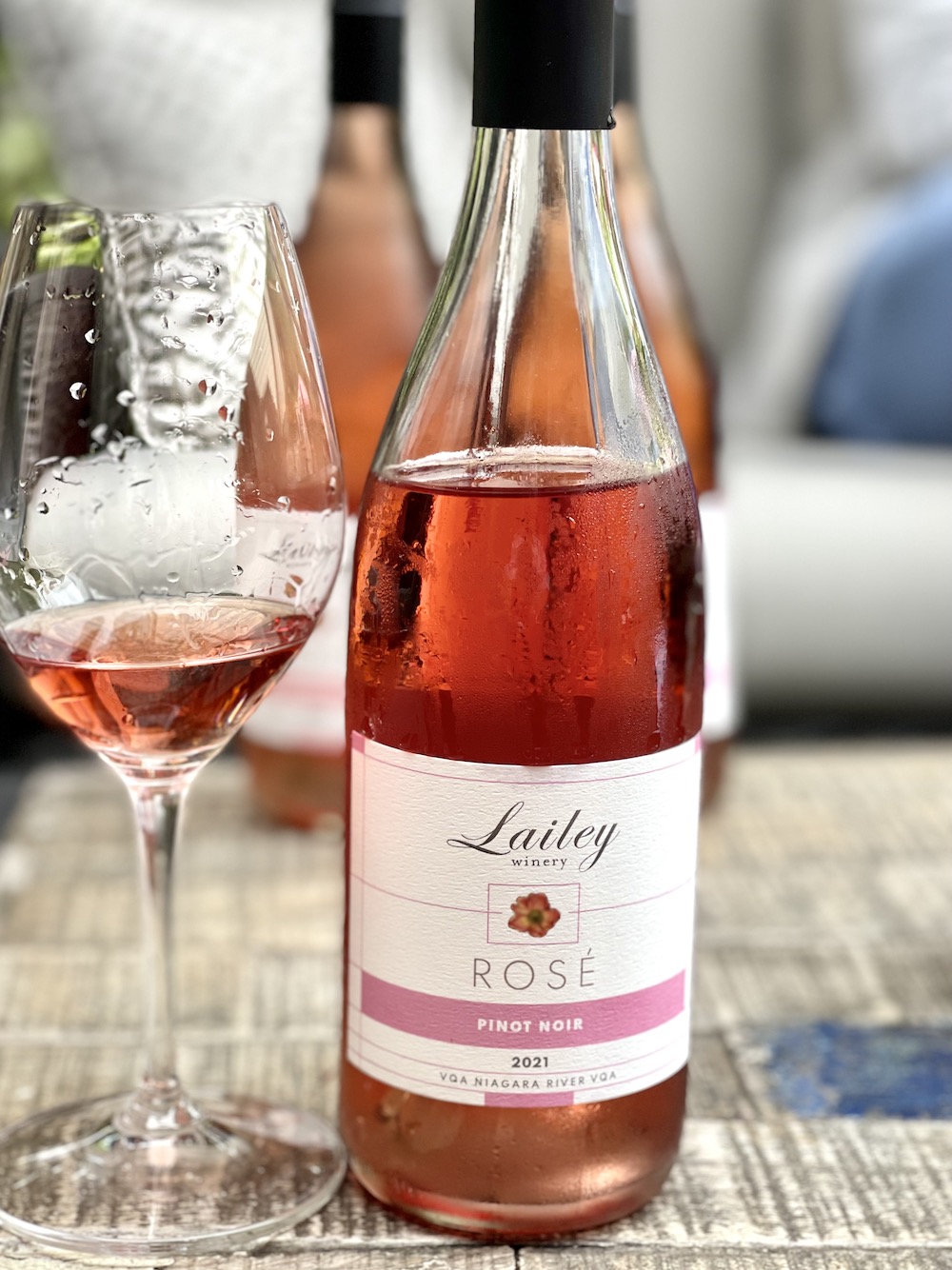
Lailey Pinot Noir Rosé 2021 ($37, winery, 93 points) — The Pinot Noir grapes are sourced from the oldest vines from the heritage Lailey Vineyard. It’s made in the saignée method, barrel fermented and aged in neutral oak for four months with no malolactic fermentation. Only 44 cases were produced. It has a lovely, elegant nose of pretty, red berries, pink grapefruit, herbs, and integrated spice notes. It has a wonderful creamy texture and verve on the palate, with splahses of wild raspberries, strawberry tart, cranberries, herbs, spice, and a vibrant, long finish. Such elegance and finesse and like all three of the single-vineyard rosés, they can age for two or three years.
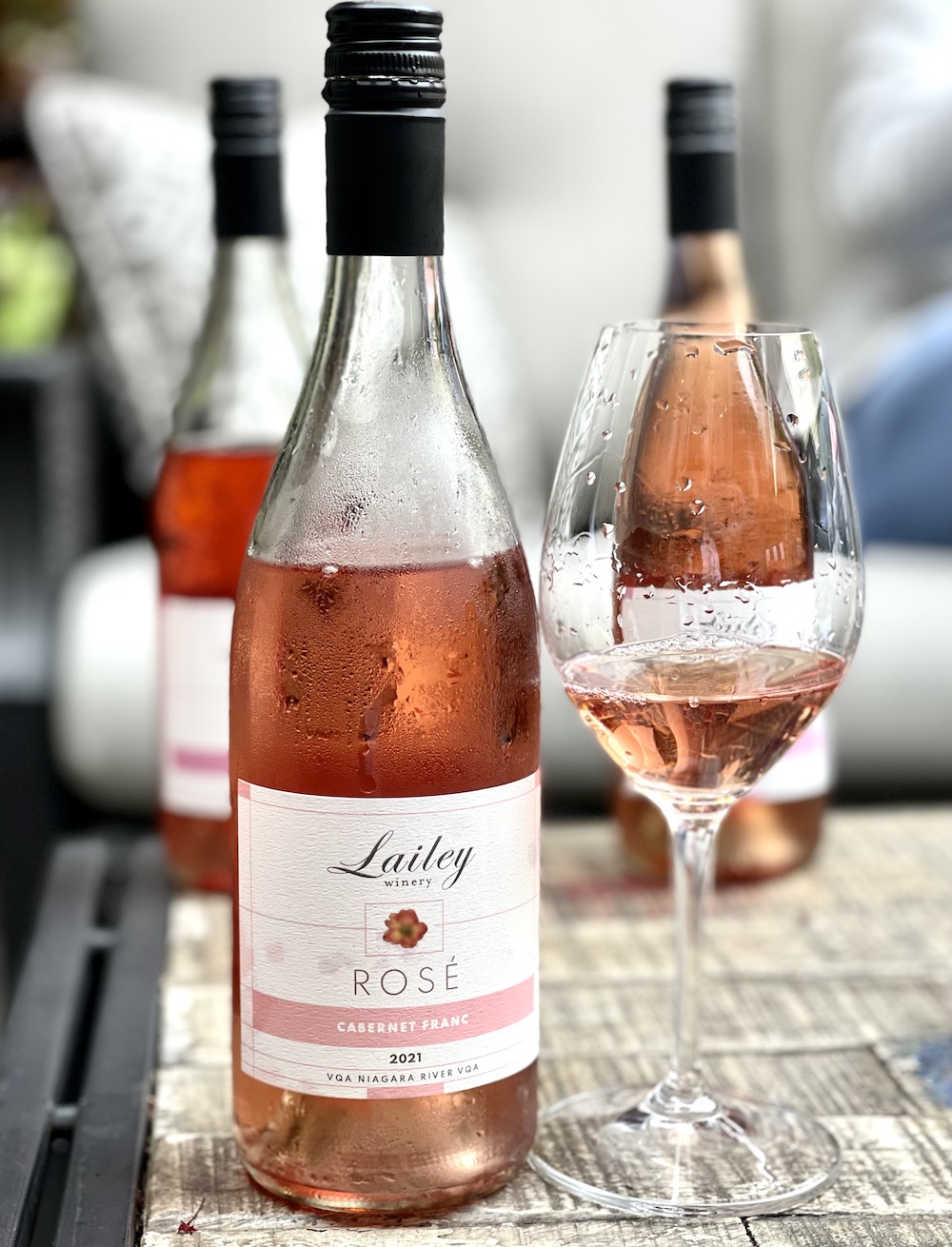
Lailey Cabernet Franc Rosé 2021 ($37, winery, 92 points) — The Cabernet Franc grapes are sourced from the oldest vines from the heritage Lailey Vineyard. It’s made in the saignée method, barrel fermented and aged in neutral oak for four months with no malolactic fermentation. Only 70 cases were produced. Another lovely rosé built for both food and some cellaring. It has beautiful florals on the nose with red cherries, herbs, fresh raspberries, citrus zest, and a touch of spice. It has lovely texture, earthy/savoury notes, ripe red berries, cran-cherries, subtle anise and a long, lifted finish.
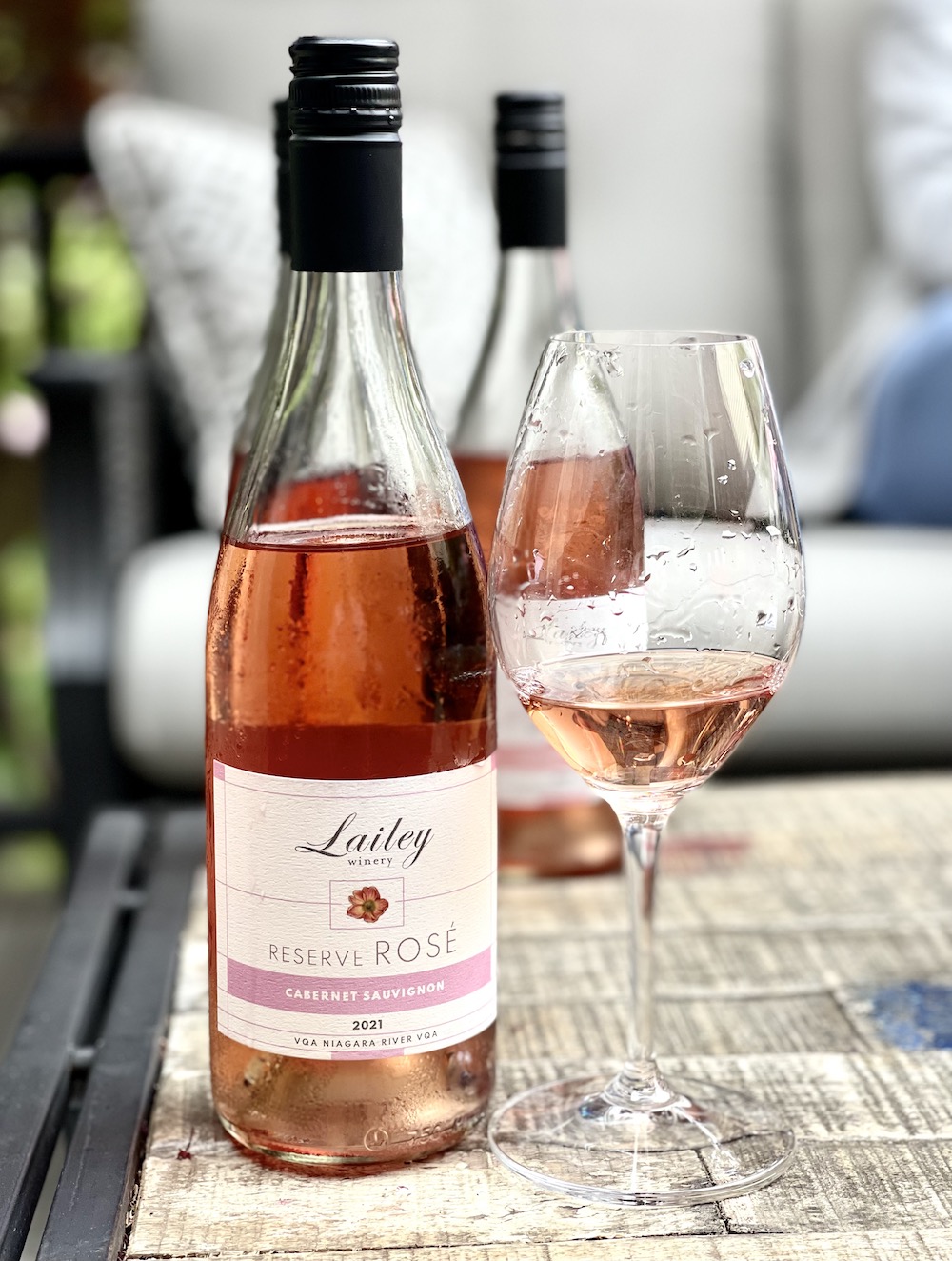
Lailey Cabernet Sauvignon Reserve Rosé 2021 ($42, winery, 93 points) — The Cabernet Sauvignon grapes are sourced from the oldest vines from the heritage Lailey Vineyard. It’s made in the saignée method, barrel fermented and aged in neutral oak for four months with no malolactic fermentation. 232 cases were produced. About 11% Malbec was blended in with the Cab Sauv, and this rosé has the most potential for aging of the trio. It has an interesting nose of black cherries, red currants, blackberries, earthy/savoury notes, spice and just a hint of lemon zest. It’s rich and well-structured on the palate with a melange of red and dark berries on a silky-smooth delivery followed by a complex array of earth, cedar and spice all leading to a fresh and vibrant finish. Would love to see some age on this beauty.
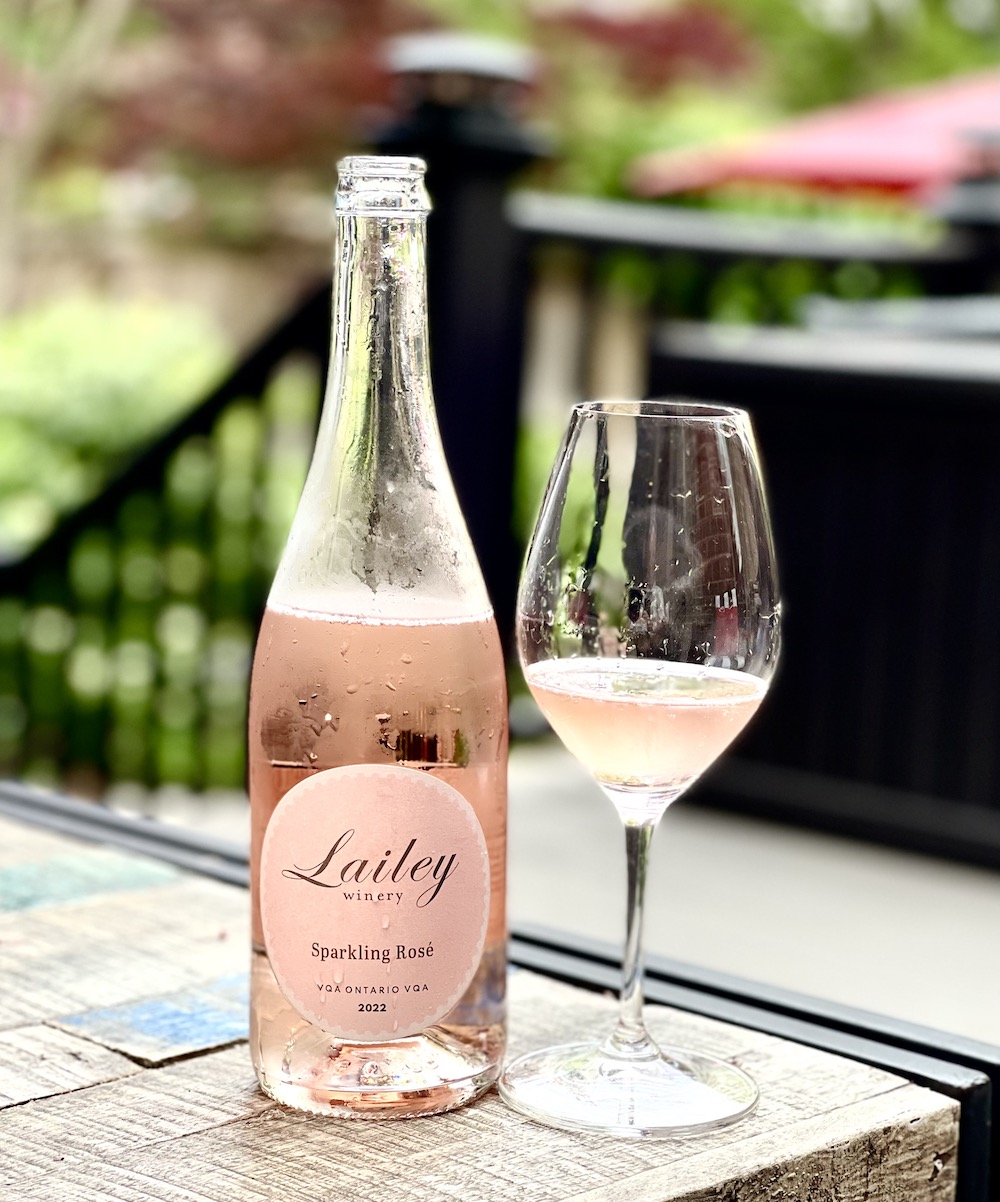
Lailey Sparkling Rosé 2022 (price TBD, released in June, 90 points) — The blend is predominantly Vidal with just a bit of Zweigelt for colour purposes. It’s a sparkling wine made with the charmat method and has pretty nose of sweet raspberries, lime/lemon/citrus, and candy apple notes. It has persistent bubbles on the palate with a range of bright red berries, citrus zest with a touch of sweetness. It’s juicy and fresh on the finish, and nicely balanced. A fun wine in an attractive package.
A rosé from the Okanagan Valley
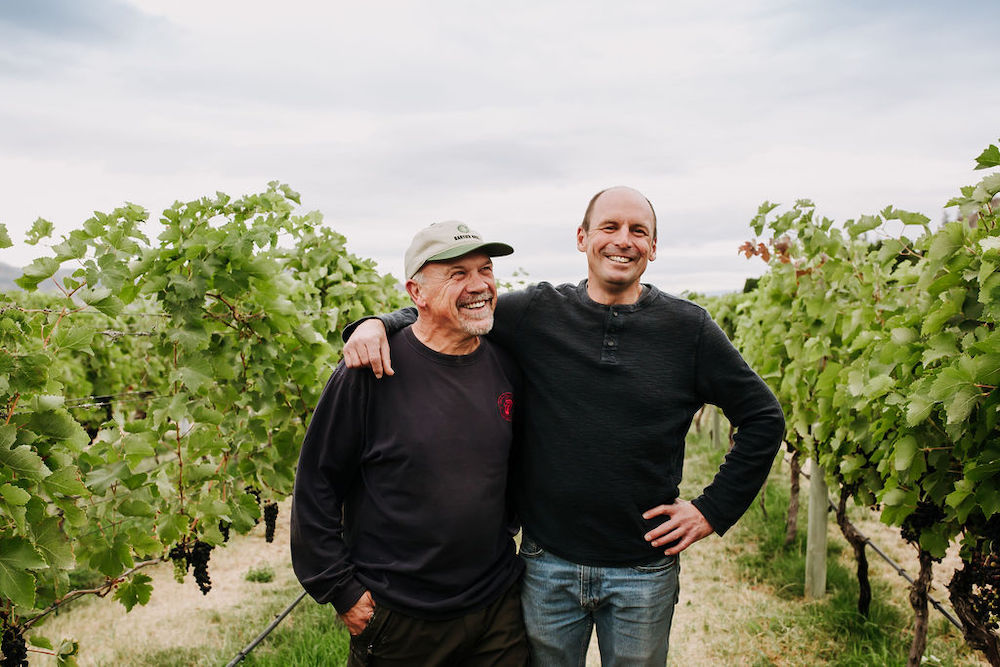
The Bartier brothers are Don and Michael, raised in the Okanagan Valley. As young men they took different career paths – Don an accountant, Michael a winemaker – but have remained close. Michael pined for his own winery to make his style of wine but lacked the business and financial acumen for this undertaking. Don has long been a wine enthusiast and indeed about the best customer of each winery that Michael worked for.
Don planted a small vineyard at his wife Sheila’s family property in Summerland. Michael watched this project closely and helped a lot. Either Don passed Michael’s test, or Michael laid a trap that Don walked into. Either way, the Bartier Bros. brand was born. Wines in Niagara will have portfolio reviews coming soon, but for now, here’s a tasty rosé to consider.
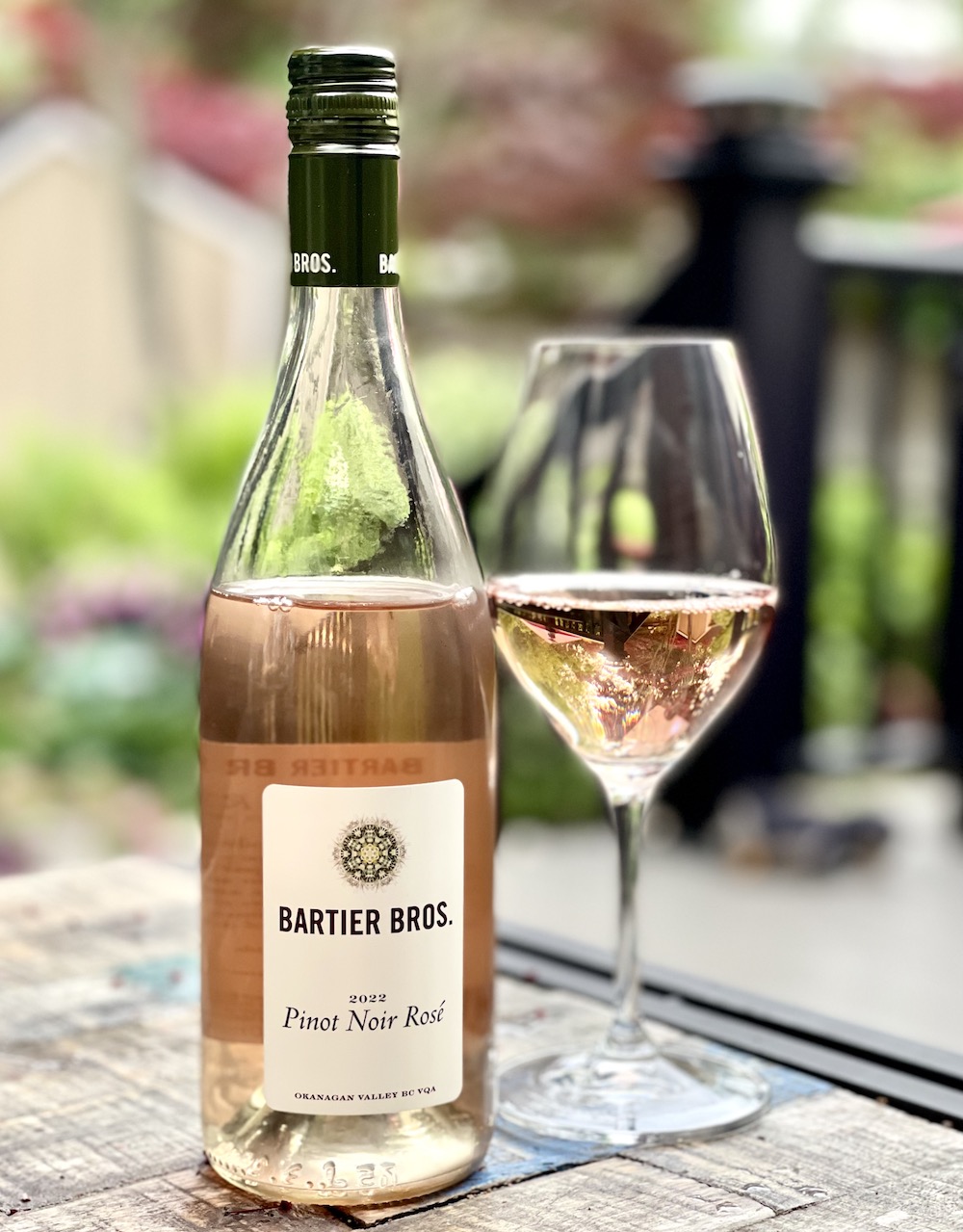
Bartier Bros. Rosé 2022 ($19, 92 points) — The blend for this rosé is 51% Gewürztraminer, 45% Chardonnay, 2% Merlot, and 2% Pinot Noir. “We make our rosé a little differently than many wineries,” said Michael Bartier. “We take white wine (Gewurztraminer and Chardonnay) and add just a splash of a red wine (Merlot and Pinot Noir) to give it is pale pink colour. The nose shows a mashup of red berries, grapefruit, red apples and a touch of earthiness and florals. There’s a touch of tea-like tannins on the palate adding complexity to the vivid citrus, fresh red berries, mineral notes with a juicy, vibrant finish. Perfect rosé for a range of summer dishes.
Pink takes over shelves at the LCBO
Saturday’s LCBO release at Vintages stores across the province features rosé wines from Ontario and beyond. Here’s what we can recommend from the Niagara selection.
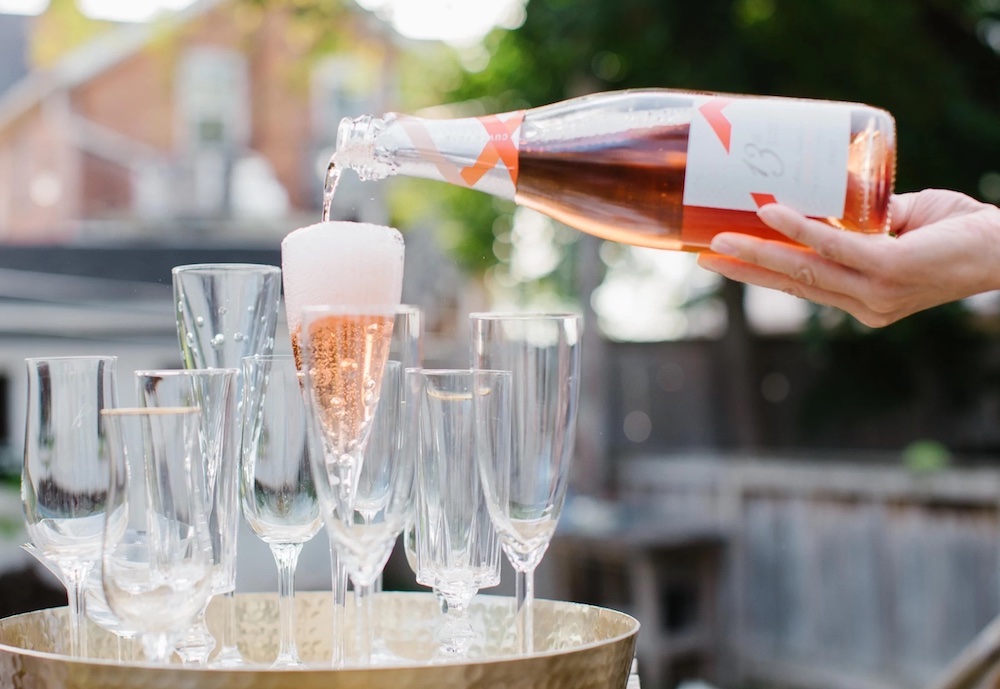
13th Street Cuvée Brut Rosé Sparkling NV ($35, 91 points) — This is the top selling Canadian sparkling wine at the LCBO and the only one in the portfolio to receive a dosage of 8 g/l, which is still dry but a bit of a departure from the other sparklers in the portfolio. It’s a blend of Chardonnay, Pinot Noir and a splash of Gamay that’s fermented and aged in the traditional method. It was aged sur lattes (en tirage) for a minimum of 18 months during which the bubbles became smaller and more compact. It shows a gorgeous rose petal colour in the glass with an energetic mousse. It’s loaded with red berries, cranberries, rhubarb, lemon zest and a subtle toasty note. It’s fresh and the bubbles pop on the palate with a barrage of red berries, subtle earthy/autolytic notes, red currants, and a dry impression through a finish that features mouth-watering acidity and verve.
The following rosé reviews are from different vintages, but the styles are usually consistent and should not be far off the mark from the current vintage on release. Also, as usual with the LCBO’s media information, some prices and vintages are missing from the LCBO information sent to us.
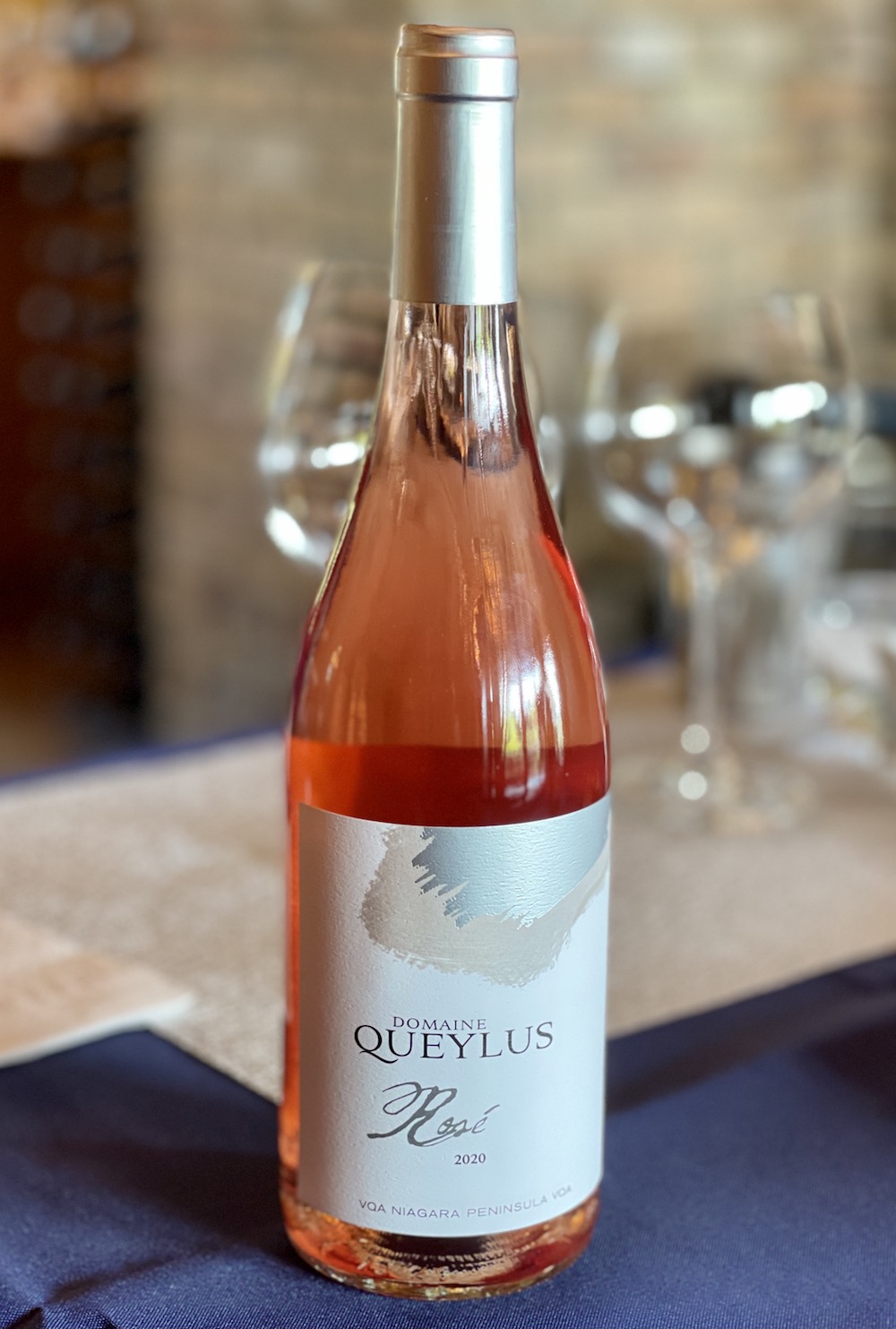
Domaine Queylus Rosé 2021 ($25) — This 100% Pinot Noir rosé has a forward and fresh nose of summer strawberries, wild raspberries, and subtle cranberries. It’s perfectly dry and elegant on the palate and shows a basket of red berries and a touch of citrus zest on a lifted finish.
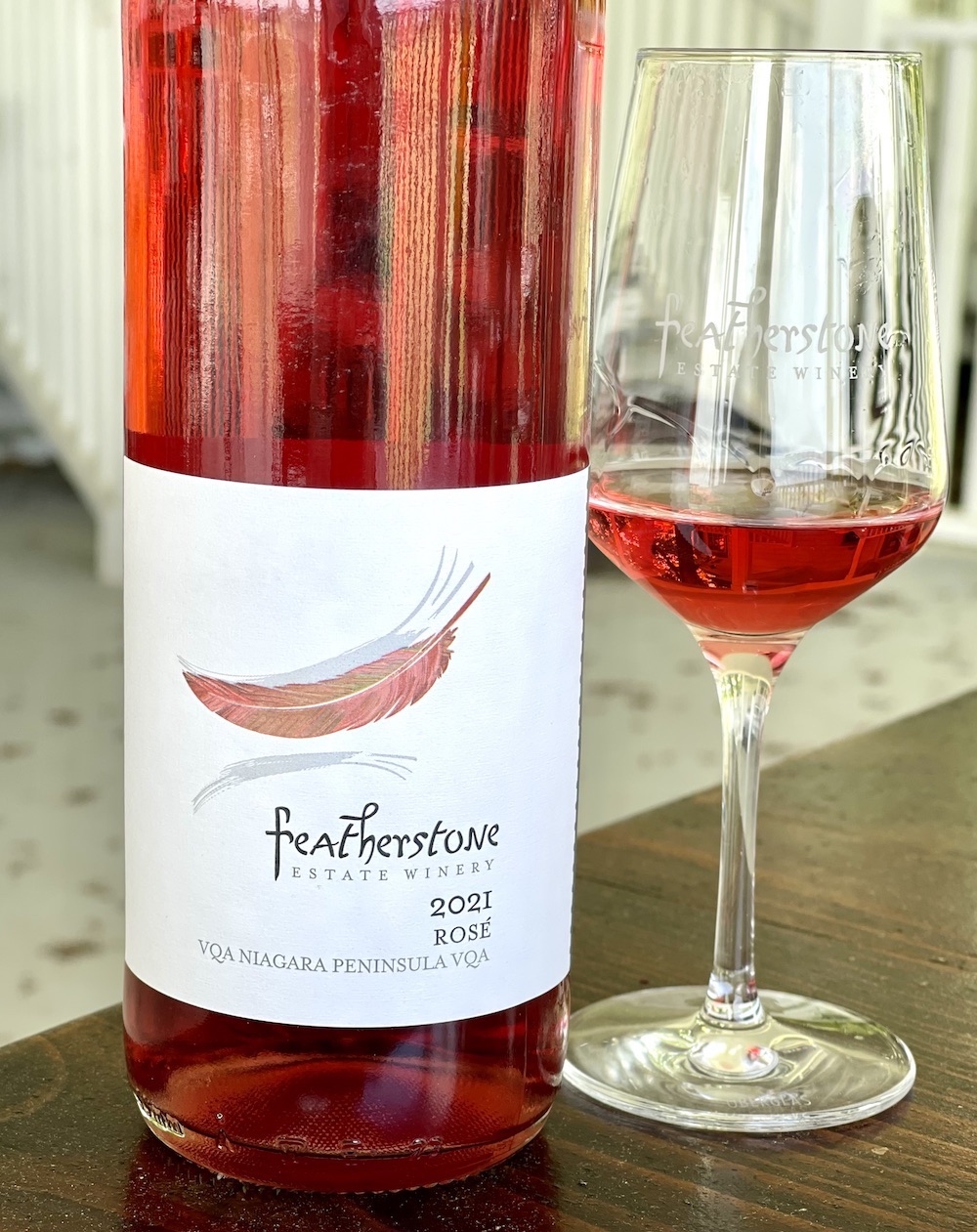
Featherstone Rosé 2022 ($17) — Owner Louise Engel calls the colour of this rosé “hot-pants pink, baby!” And I can’t disagree. “We fricken sweat rosé,” she says. “We want it the look substantial, we want heft, we want a food wine.” The blend is Gamay and Cabernet Sauvignon with a nose of red berries, plums, rhubarb, and a touch of earthiness. It’s bone-dry on the palate but shows ripe black raspberries, strawberry tart, dark cherries, cranberries, and some complexity through a lifted finish.
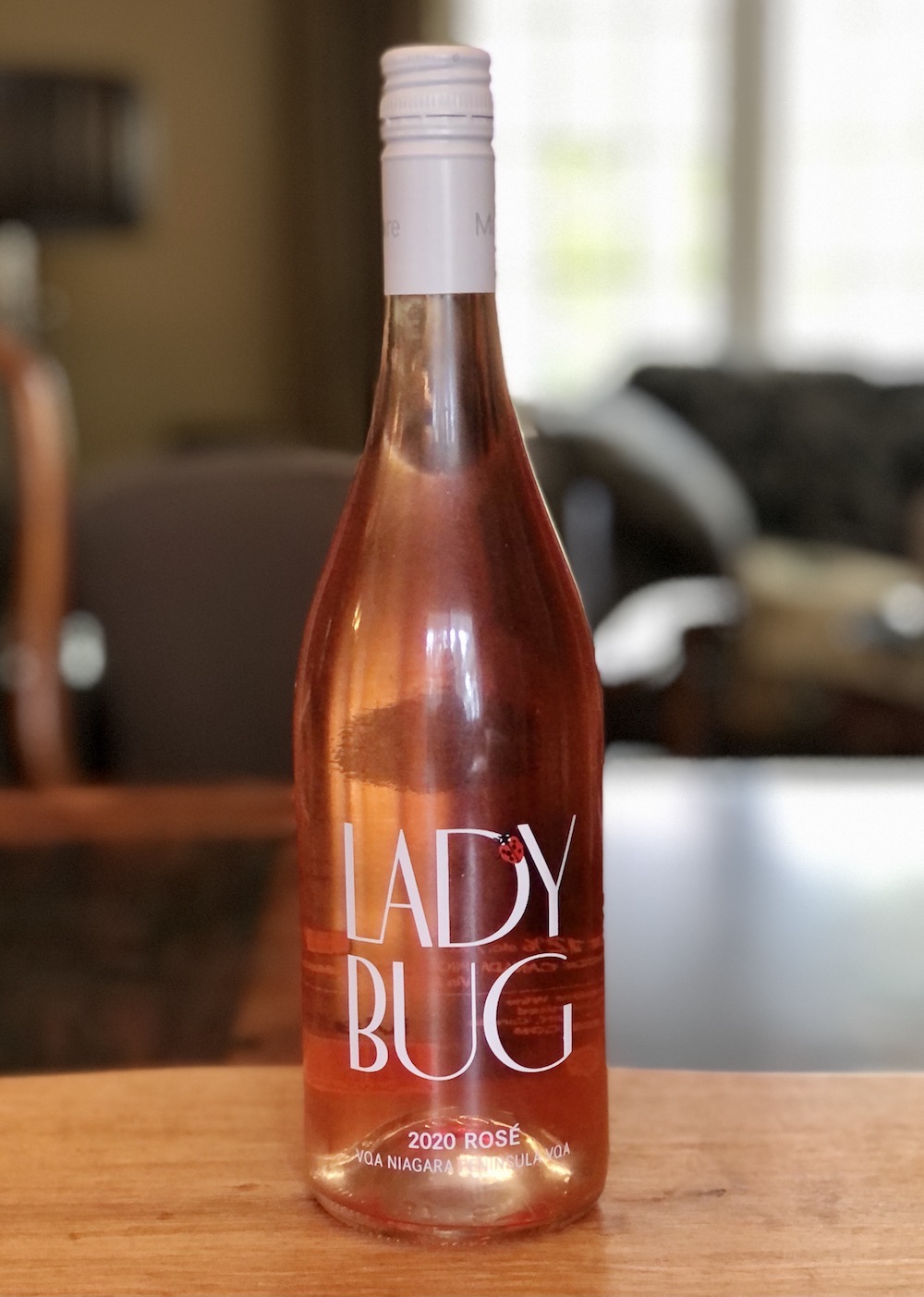
Malivoire Ladybug Rosé (no vintage or price, according to the info provided by the LCBO) — This wildly popular Ladybug is the pillar of the rosé family at Malivoire that includes two other still rosés and a sparkling version. They take their rosés very seriously. The 2020 version of the Ladybug appears a bit lighter in colour to last year’s version, showing a paler shade of pink in the glass. It has an attractive nose of red berries, subtle herbs, watermelons and plums. It’s refreshing and bursting with the full range of red berries, herbs, apple skin and a refreshing finish with mouth-watering acidity. This might just be the driest Ladybug to date. It’s a delight!
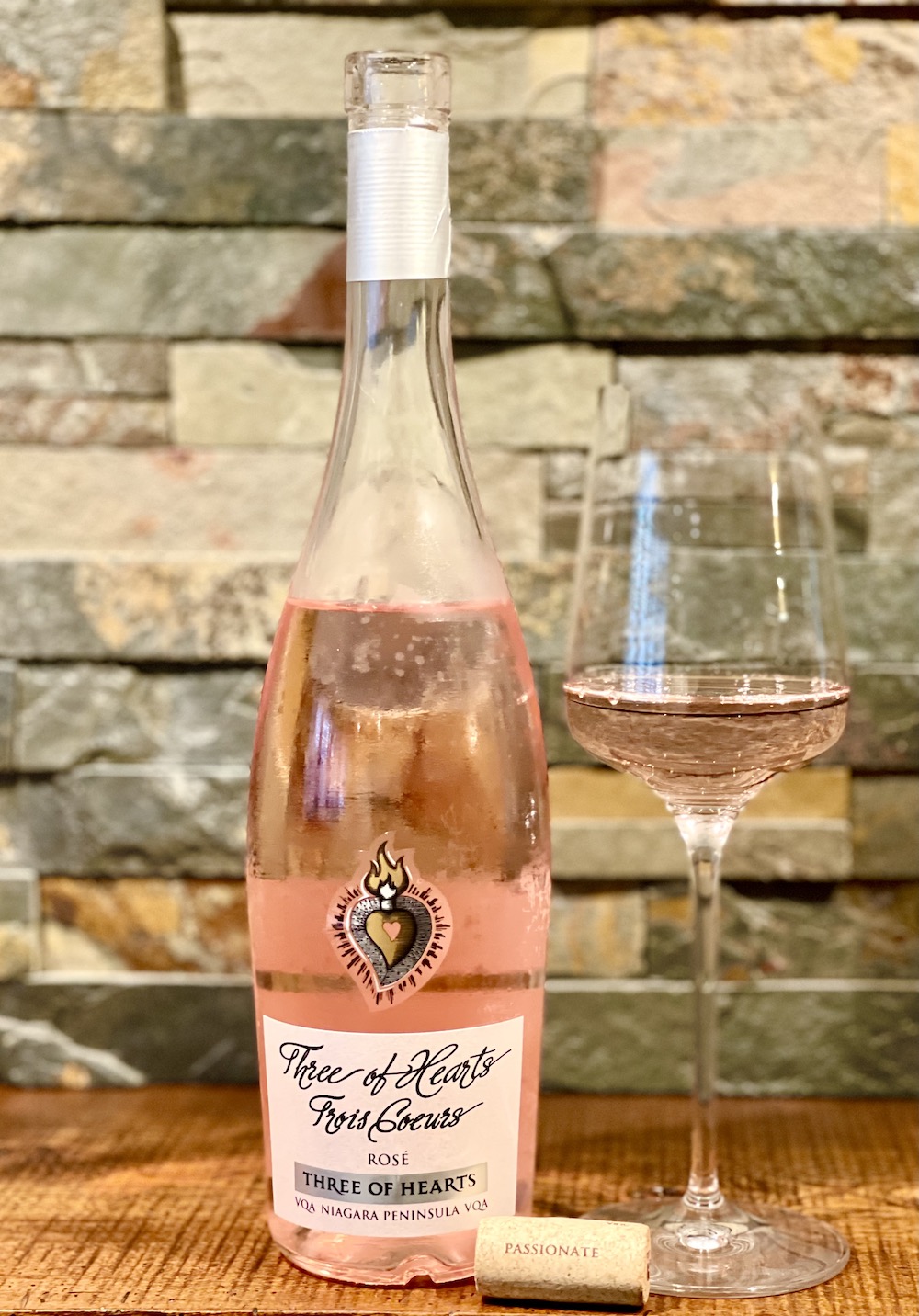
Speck Bros. Three of Hearts Rosé (no vintage or price) — This has quickly become a favourite rosé of mine from Niagara, such consistent quality and elegant packaging every vintage. The 2021 version has a pretty and delicate nose of strawberries, raspberry patch, and fresh summer herbs. It’s wonderfully dry on the palate with an array of red berries, touch of herbs and a fresh, vibrant finish.
Other Niagara rosés released, but not reviewed by Wines in Niagara:
• Marynissen Estates Rosé 2021 ($17)
• Peninsula Ridge Beal Vineyard Cabernet Rosé 2022 ($17)
Other Niagara wines released Saturday, but not reviewed by Wines in Niagara:
• Cave Spring Estate Grown Chardonnay 2019 ($22)
• Domaine Queylus Tradition Chardonnay 2019 ($30)
• Creekside Iconoclast Syrah 2020 ($25)
• Marynissen Heritage Collection Cabernet/Syrah 2020 ($28)
• Southbrook Triomphe Organic Pinot Noir 2021 ($30)
Two interesting wines from Quebec
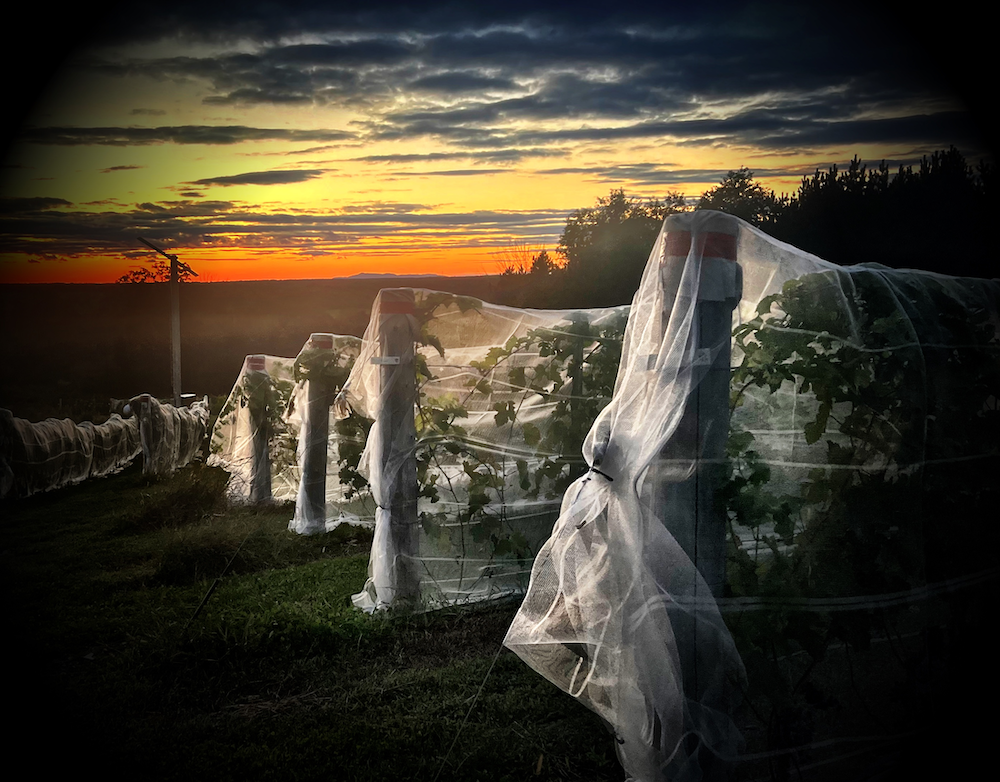
The Vignoble du PicBois winery is located in Brigham, near Bromont in Quebec, on the Brome-Missisquoi wine route.
The wines we review here are two of the first made by the estate vineyard and were passed along to Wines in Niagara by John Nadeau, the former GM at Niagara’s Domaine Queylus, after a visit to the eastern Townships in Quebec recently.
Vignoble du PicBois is a partnership between André Pollender, David Pollender and John Baldwin, born out of a desire to make local wine from grape varieties that have not been grown so far on Quebec soil. The official opening of the vineyard took place in March. The winery has a total of 17,000 vines planted to hardy varieties that can survive the harsh winters of Quebec.
Here’s what I liked:
Prices listed here are from La Boîte à Vins, a Quebec wine retailer specializing in Quebec wines. No prices are noted on the Vignoble du PicBois website here.
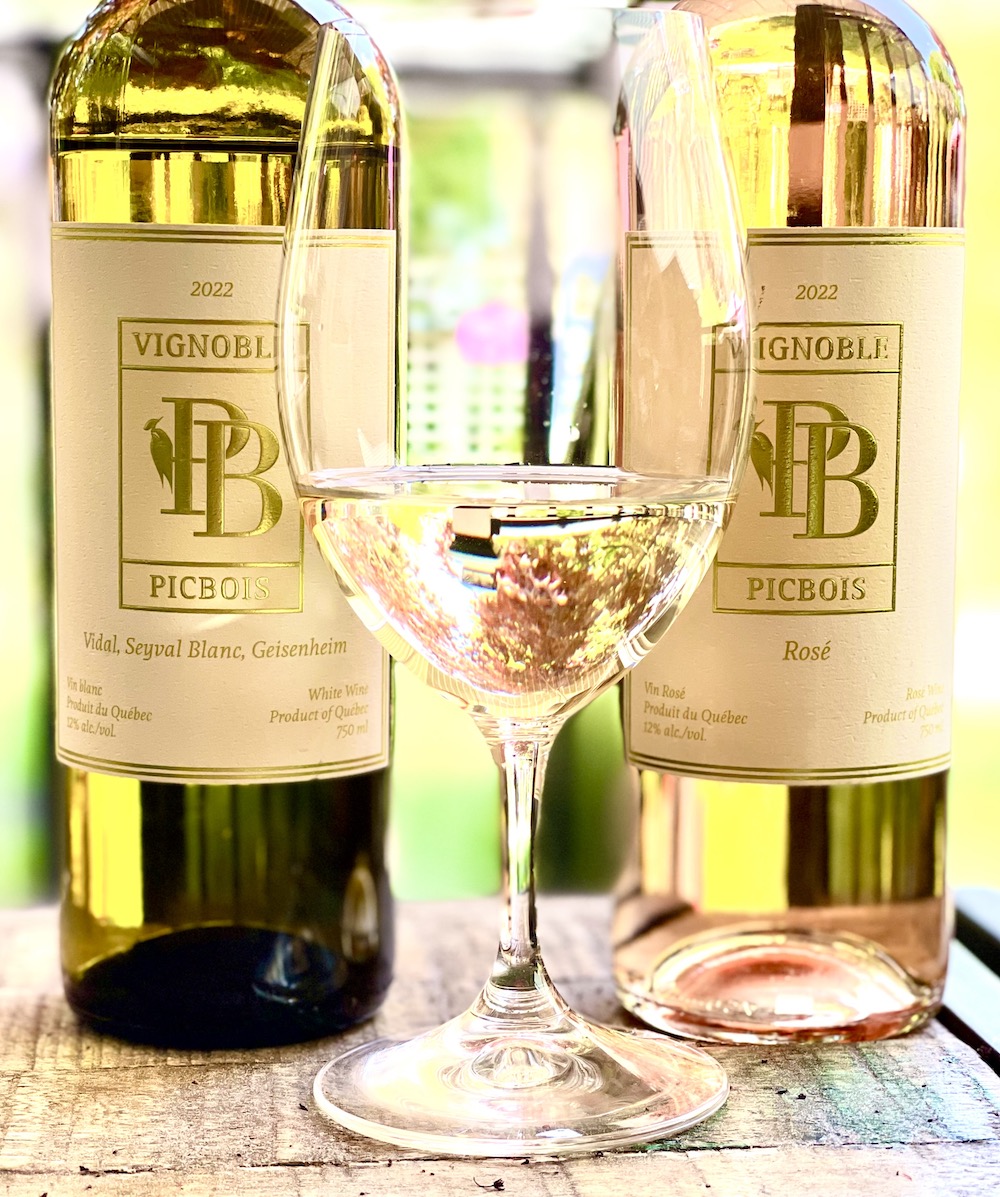
Vignoble du PicBois Vidal, Seyval Blanc, Geisenheim 2022 ($31, 88 points) — The blend is 60% Vidal, 25% Seyval Blanc, and 15% Geisenheim from estate fruit. It has a saline/salty nose of pear, lemon, apricots, melon, and white flowers. It’s quite vibrant on the palate with much more citrus notes to go with green apples, pear skin, stony minerality and a dry, brisk finish. Perfect with oysters.
Vignoble du PicBois Rosé 2022 ($31, 89 points) — The blend is 45% Vidal, ,45% Geisenheim, and 10% Sabrevois. It shows an onion skin colour in the glass with a shy nose fresh red berries, red currants, and pomegranate. It’s perfectly dry and fresh on the palate with raspberries, strawberries, a touch of herbs and a bright, lifted finish.
A Riesling from Henry of Pelham
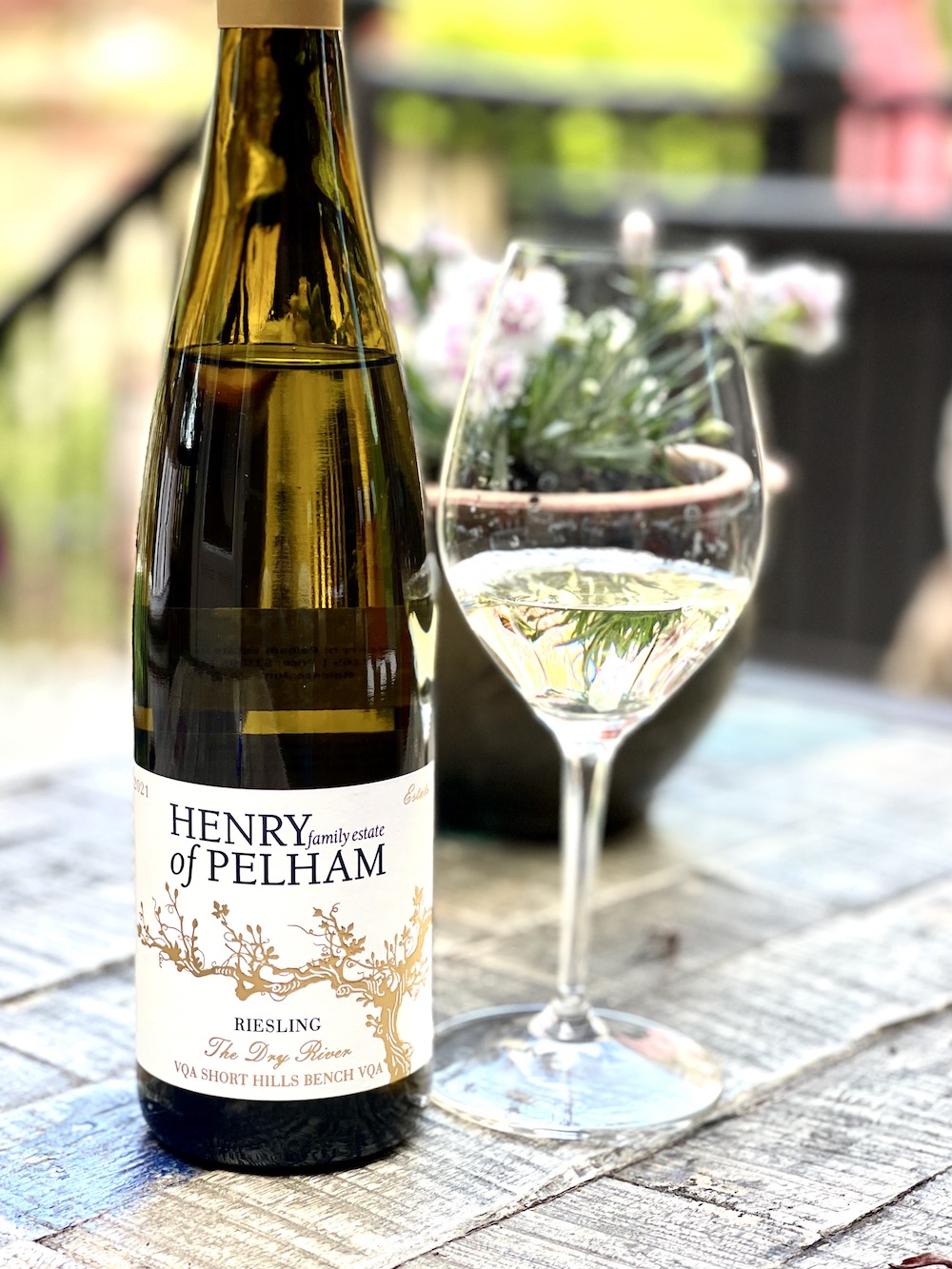
Henry of Pelham Dry River Riesling 2021 ($20, 91 points) — This was formerly called the Estate Riesling and was renamed for a tributary of Richard’s Creek that runs like a river through the estate farm in spring before drying up for a year or more. It represents great value for what you get. It shows zippy lime, fresh cut grapefruit, pears, and subtle tropical notes on the nose. It’s juicy and vibrant on palate with minerally undertones, vivid citrus notes, orchard fruits and a lingering, lifted finish. Classic Niagara Riesling.





Comment here